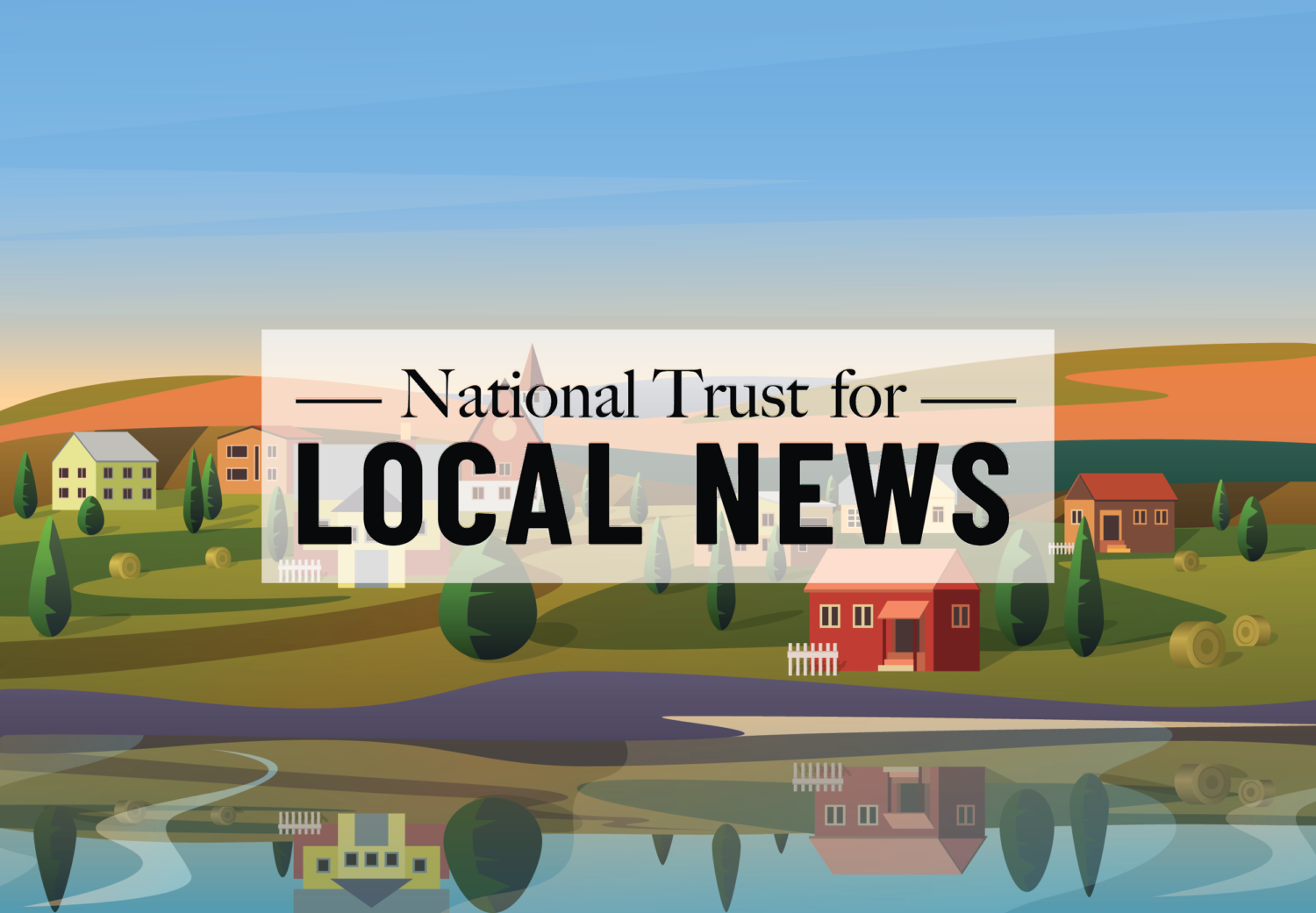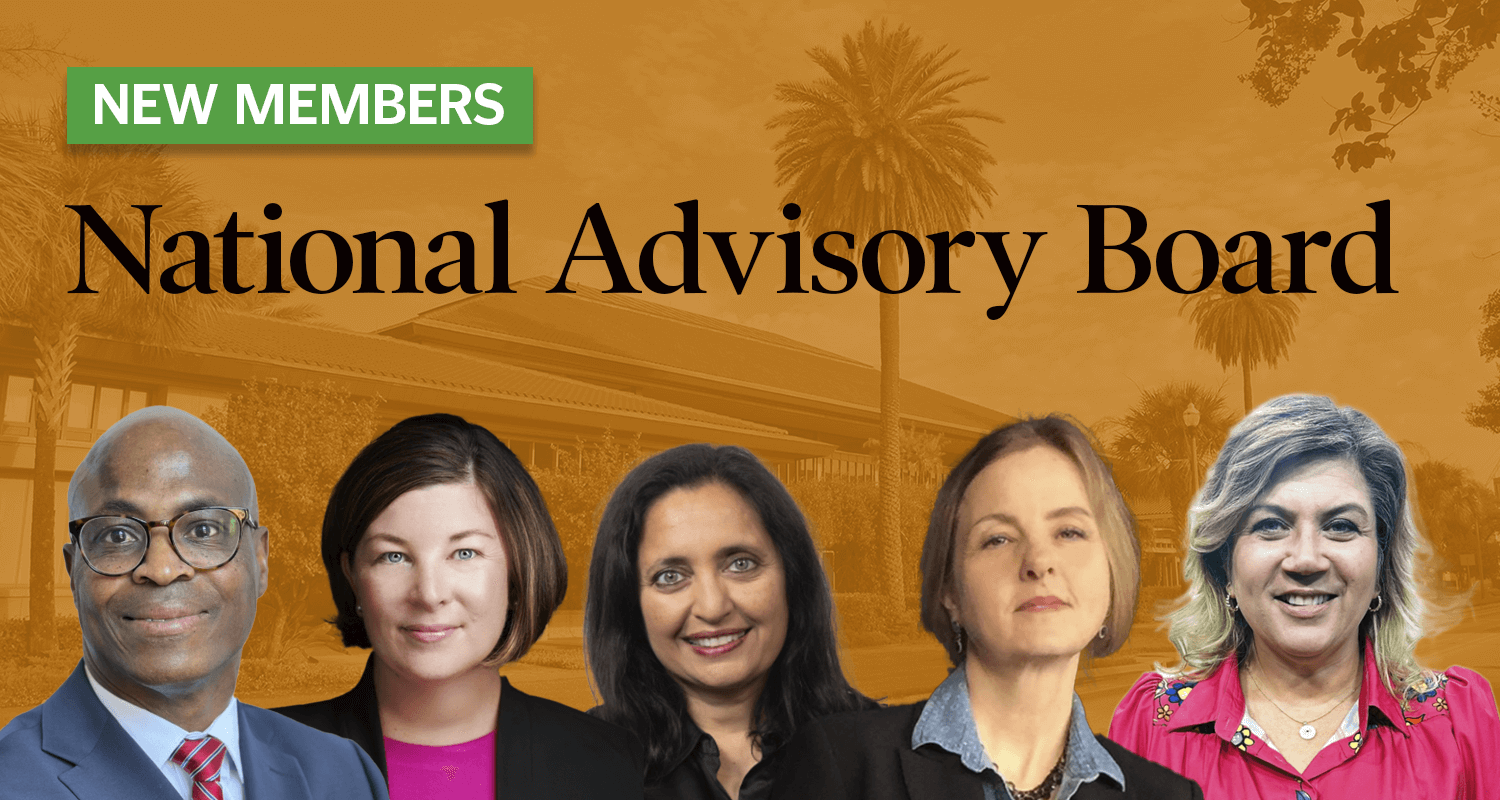In the crowded field of nonprofits supporting local news ventures, Elizabeth Hansen Shapiro’s National Trust for Local News stands out as something distinct.
Rather than grants, the trust makes investments. Advice and some control come with the help. But the point is for recipients to gather other investors and develop models for serving small-town news deserts that are losing all local coverage.
I refer to the project as Hansen Shapiro’s because she developed the idea, first as a Ph.D. thesis, then as a research fellow at Harvard’s Shorenstein Center, and now as a research fellow at Columbia’s Tow Center for Digital Journalism.
All of which suggests an academic pedigree, but the mission is not ivory tower but practical, Hansen Shaprio told me — “to create a nonprofit working with communities to save local news.”
In May, the Trust announced its first project — a partnership with The Colorado Sun to buy and run an imperiled group of 24 small-town weeklies and websites near Denver, owned by Colorado Community Media. More ventures will follow through 2022, Hansen Shapiro said, in an extended beta test of what works and what doesn’t before the Trust starts to scale.
The Trust is starting small with six-figure capital investments. Its ambition is anything but small, though — to eventually build a rotating $300 million venture philanthropy fund.
Down the road, Hansen Shapiro hopes to sell local news bonds to a national philanthropic capital market, supporting the Trust’s general purposes rather than a specific project.
For this phase, Hansen Shapiro has landed two like-minded co-directors: Lillian Ruiz, a co-founder of Civil, the ambitious blockchain-based 2017 startup that ultimately didn’t make it; and Fraser Nelson, a leader in The Salt Lake Tribune’s path-breaking conversion to a nonprofit.
That small professional staff fits the go-slow launch plan. The Trust is looking at a mix of factors in deciding which projects to take on — community need, a partner to run the enterprise and both initial investors and prospects to follow.
In the case of the Colorado project, The Colorado Sun, created by former Denver Post journalists in 2018, was there to step in as manager. Co-investors included the American Journalism Project and the Gates Family Foundation (a Denver-based foundation, not to be confused with Microsoft’s Bill Gates).
The business plan is to add more support, from sponsors and local members, following the public broadcasting model. For right now, though, Hansen Shapiro said, it’s accurate to say that the Trust bought and owns the Colorado papers.
Her venture has attracted attention and support in journalism philanthropy circles. Steven Waldman, co-founder of Report for America, has proposed a broad effort to “replant” existing for-profit newspapers into a nonprofit/community based structure.
“They’re doing really important work,” he told me in an email “… The heart of (the replanting) idea is that in addition to starting new publications, we should also ‘replant’ existing publications into new soil — new owners, new managers, and new financing structures. Some of these publications still have strong brands — which is worth a lot — and if they’re liberated to actually invest in journalism, and invest in those communities, they can survive and thrive.”
The Trust is already beginning to prove the concept, Waldman said, “an extraordinary job in a short amount of time.”
Jennifer Preston, who headed the Knight Foundation’s journalism program before departing early this year to become a research fellow at Shorenstein, told me Knight made a grant before she left and another after to support the Trust’s launch. (The Google News Initiative and Democracy Fund also provided seed money.)
“It is exciting that the National Trust is tackling the capital and ownership pieces,” Preston said in an email. “Those are two pieces that were missing from the landscape. There are strong, viable local community-based news businesses around the country and people who want to lead them. … The National Trust is applying innovative solutions to help keep local news and local hands, and I hope that they get more support from other foundations and philanthropic venture capital dollars.”
Critically, the Trust is trying to focus on smaller outlets, serving towns that have lost much or all of the coverage they once enjoyed. As Waldman suggests, there is no obvious model for doing that.
Hansen Shapiro and Ruiz surprised me a bit in their account of how they plan to get from here to there. “We have a whole lot to learn,” Ruiz said. Part of that, of course, will be tracking how the Colorado experiment fares. Equally important, though, is “how much we are learning from conversations with (potential partners) — where they are, what they need.” Plus there’s a goal to build some variety into the trust’s portfolio, for instance seeking some ethnic media.
The beta version of the Trust’s projects, with at least one more coming by the end of the year, will mostly be in investments of less than $500,000, Hansen Shapiro said. That figure will grow as the model is refined, but she does not anticipate buying into metros — a sector already being well served by the Knight and Lenfest Institute’s Table Stakes program.
While the roster of recipients will tilt toward public benefit or nonprofit structures, Hansen Shapiro said that the Trust will be open to supporting some for-profits as well. (Public benefit corporations are a hybrid — for-profit enterprises that accept a small return and are required to define and document goals that serve a public purpose.)
Down the road, the hope is to assemble a large fund with a rich body of operational knowledge and criteria for assessing risk.
The project is all about defining a new way of doing business to support journalism, but Ruiz and Hansen Shapiro told me that they have family roots in traditional local newspapers. Ruiz’s stepfather was an editor at the Times Herald-Record in the northwest suburbs of New York. Hansen Shapiro’s grandmother was a columnist for The Saginaw News.
My take is that there is some danger of duplication as philanthropies that support local news proliferate. However, the need is so great after years of local journalism contraction that for now, the more the merrier. If legacy papers find a structure and new sources of revenue to stabilize, too, so much the better.







